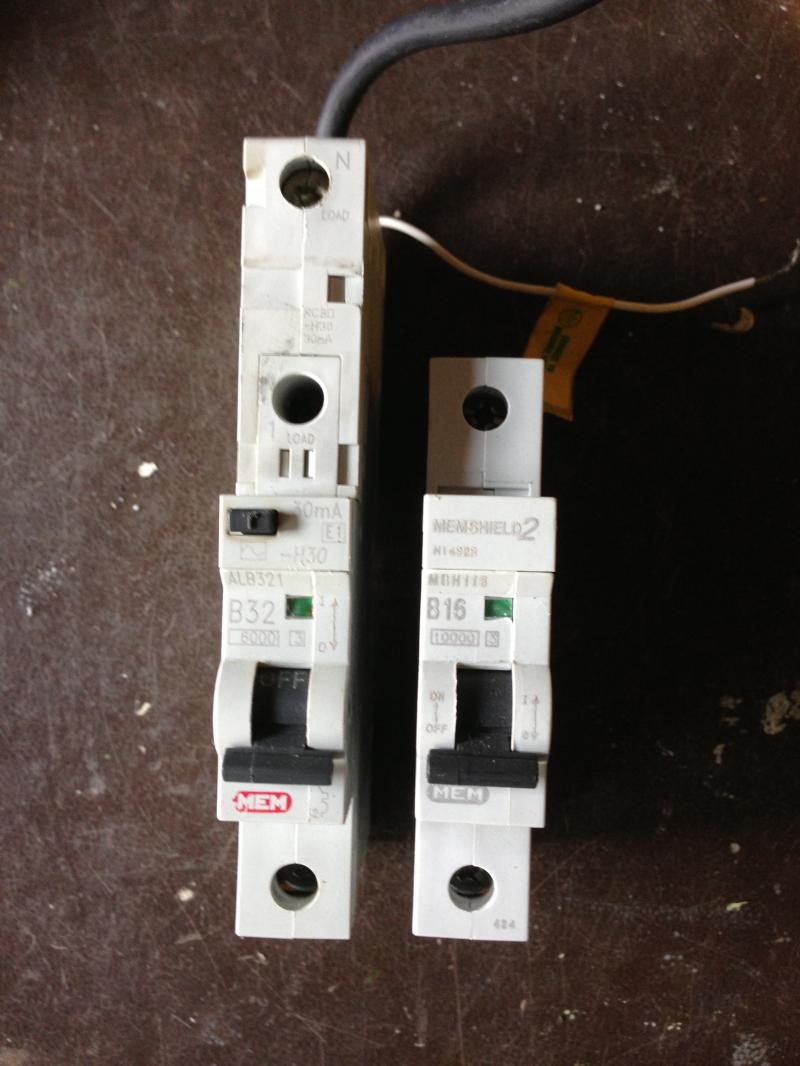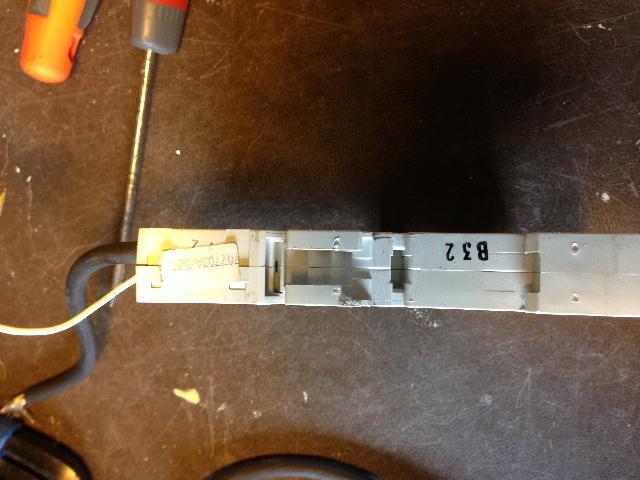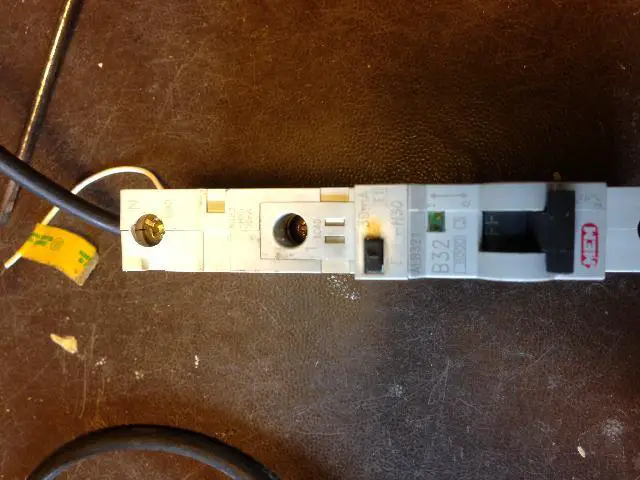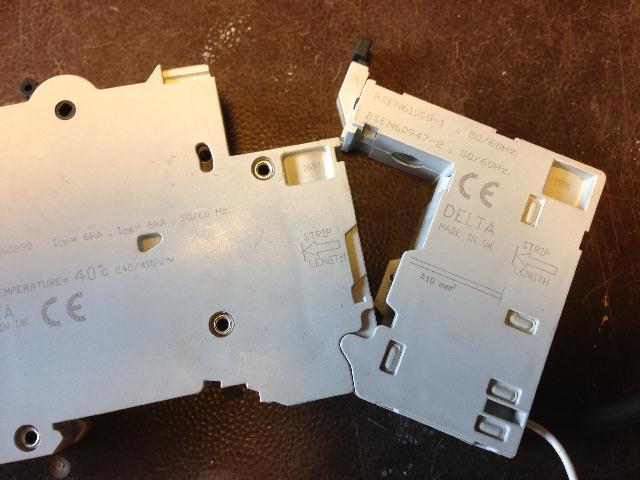Hi, I have acquired the following two units and want to swop the pod from the B32 to B16:
I'm not wanting to break anything so am after some advice on how to go about removing the pod from the B32.
I have read this old thread http://www.diynot.com/forums/viewtopic.php?p=355536#355536 which helps a bit but does anyone have any photos of how the shoulder bit holds it on?
Cheers
I'm not wanting to break anything so am after some advice on how to go about removing the pod from the B32.
I have read this old thread http://www.diynot.com/forums/viewtopic.php?p=355536#355536 which helps a bit but does anyone have any photos of how the shoulder bit holds it on?
Cheers








